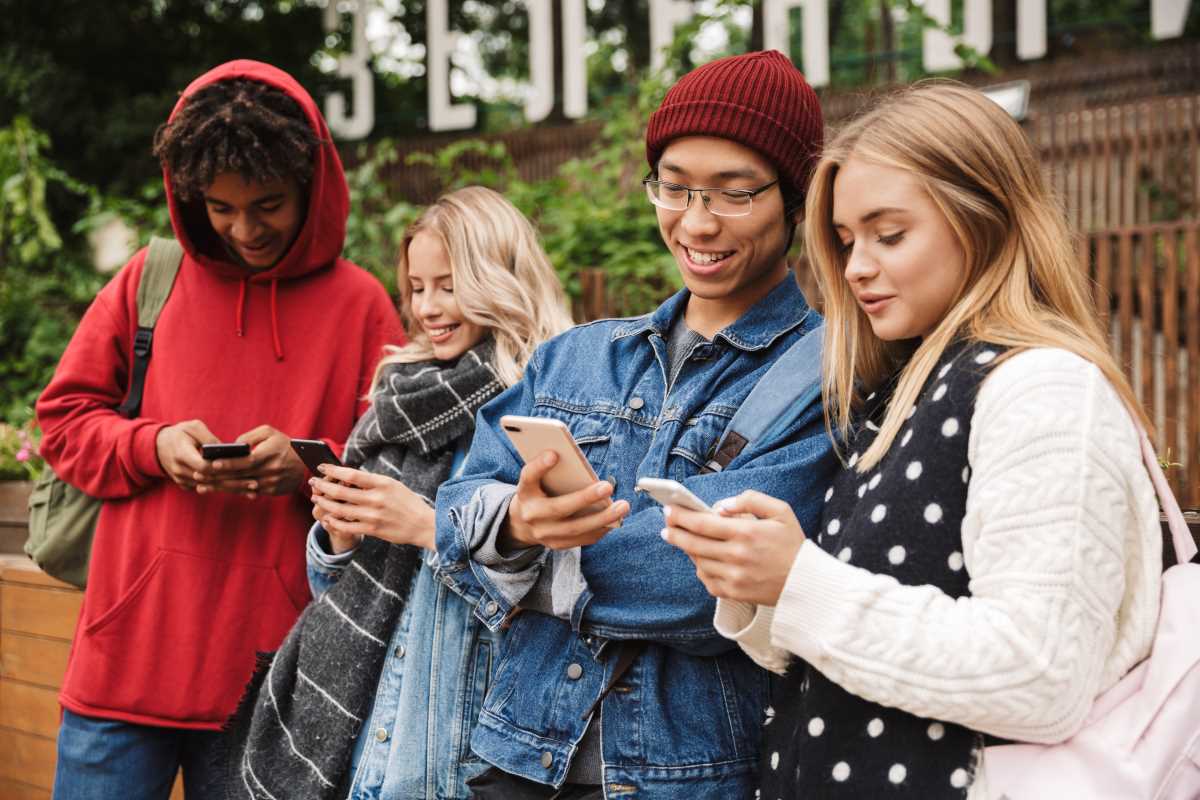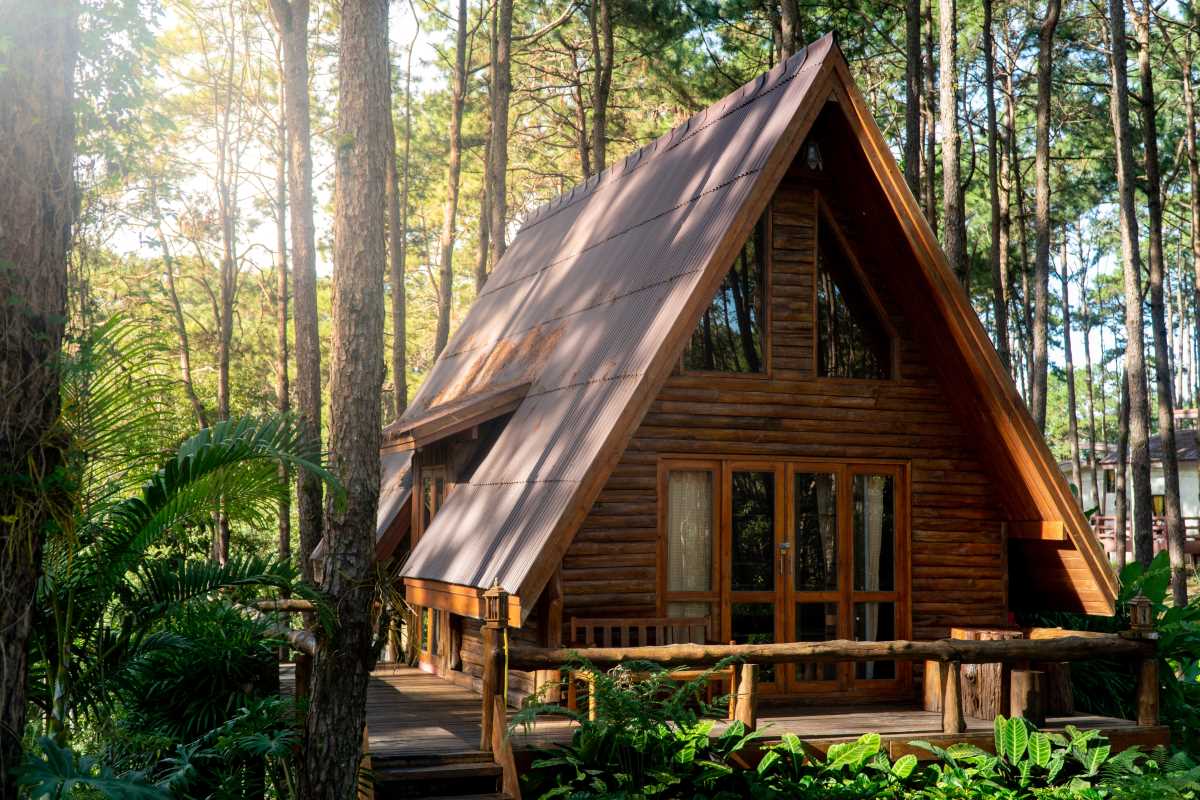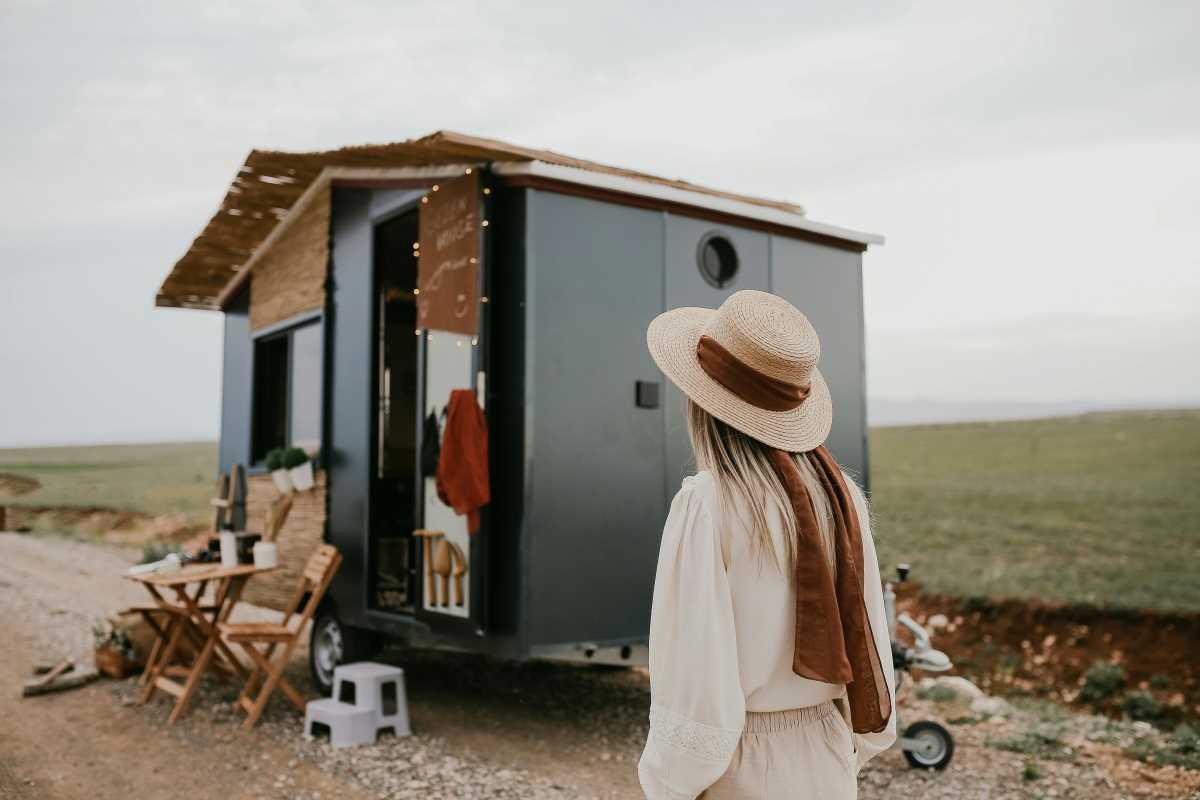Creating meaningful bonds with those around you often brings genuine warmth and happiness to life in the city. Many who call bustling urban areas home find it difficult to feel connected within the constant activity, yet small efforts can make a noticeable difference. Meeting neighbors, sharing simple greetings, or lending a hand fosters comfort and a sense of belonging. These gestures help turn unfamiliar streets into familiar spaces, where trust and friendliness grow. By reaching out and engaging with others nearby, daily life becomes more enjoyable, and the places we live start to feel much more like home.
When we actively work on building local bonds, we create spaces where everyone can share laughs, solve small problems together, and even learn from one another. This is about turning a collection of apartments and homes into areas filled with life, where the simple act of greeting someone on the street can either be a start of a new friendship or an opportunity to help out a neighbor in need.
Understanding Community Living in Urban Spaces
Community living in city environments means embracing the diversity found in every block and street. Urban spaces are often packed with people from various walks of life, each with unique stories and backgrounds. Understanding community living starts with giving space to different voices and experiences. It encourages residents to talk openly about their ideas, share personal stories over a cup of coffee, and even jointly solve local problems.
Neighbors become more than just a grouping of buildings when residents see each other as partners in creating a safe, friendly, and lively area. Small actions, like checking in on an elderly neighbor or organizing block meet-ups, lay the groundwork for neighborhoods where everyone feels seen and appreciated. This approach helps each person find a part of themselves in the urban environment and sparks creativity when new ideas are welcomed.
Strategy 1: Creating Shared Spaces
One way to build community is by setting up shared spots that invite residents to stick around and connect. Places like community gardens, local coffee corners, or simple street seating areas help bring neighbors together. Even if space is limited, transforming a little unused area into a vibrant nook can start a wave of chatting and laughing together. Such areas give people a common ground where stories are shared and bonds are made.
Designing these spots can be as simple as asking for input on seating arrangements or adding a few planters along the curb. Involving many residents in the creation process not only provides a feeling of ownership but also deepens the connection among neighbors. This hands-on engagement shows that every resident's small effort counts in shaping an inviting local environment.
Strategy 2: Encouraging Neighborly Communication
Getting to know your neighbors usually begins with friendly conversation. Urban life can sometimes feel isolating if people don’t actively talk to each other. Regular social interactions, whether by greeting each other while walking dogs or simply smiling at passersby, lay down the foundation for long-term relationships. Many people may find that sharing even brief chats can lead to lasting bonds that enhance community spirit.
Simple communication can be encouraged by practices that make reaching out feel natural and spontaneous. Here are some practical tips and tools that can help:
- Set up a community bulletin board where residents can post messages or local news.
- Participate in local online groups using apps like *Nextdoor* to share thoughts and organize meet-ups.
- Put a welcome note on a neighbor’s door after moving in to invite conversation and show you care.
- Organize small, informal gatherings in shared spaces to exchange ideas and plan future events.
Strategy 3: Organizing Community Events
Local events can transform a neighborhood from a collection of houses into a network of friends and helpers. Whether it’s an annual block party, a neighborhood potluck, or weekend sports games at a nearby park, gathering together creates memories and keeps community ties strong. Events like these give residents a chance to interact in relaxed settings that take the stress out of small talk and official gatherings.
Organized events also give a platform to showcase local talent and ideas. They help residents share handmade crafts, tasty recipes, or stories of small successes that might otherwise go unnoticed. This approach builds trust and helps everyone see that the neighborhood holds hidden resources waiting to be discovered and celebrated together.
Strategy 4: Supporting Local Initiatives
Every neighborhood has projects and ideas that come from within the community. These initiatives might include local art projects, carpool groups, or cleaning drives in small parks. Working together on a local cause gives residents a sense of pride and achievement. By involving everyone, from young families to older residents, such activities remind people that every bit of help matters in building a connected community.
There are several ways to get involved and strengthen local efforts. Here are some steps individuals can take:
- Volunteer with local neighborhood groups or community centers organizing events or clean-ups.
- Contribute ideas or feedback during town hall meetings and local planning sessions.
- Support local businesses and artisans by attending their events or sharing their news with friends.
- Offer your talents, whether it is painting, organizing, or simply lending a listening ear, during community projects.
Strategy 5: Fostering Inclusive Environments
A welcoming neighborhood embraces differences and celebrates common interests. Creating an inclusive environment means reaching out to residents of different ages and backgrounds and making sure everyone feels like part of the family. It is important to show kindness and flexibility when planning community activities that appeal to various interests. An area where everyone counts tends to be more vibrant and creative.
This approach involves listening actively and thoughtfully including all voices. When community members feel that their input matters, they are more likely to participate actively in local events and community projects. Encouraging participation from residents who might otherwise stay on the sidelines helps the neighborhood grow richer in perspective, ideas, and mutual respect.
Small actions create meaningful moments and strengthen neighborhood connections. Investing in your local community can improve your city experience.







